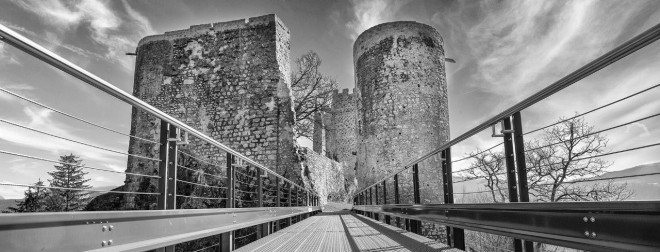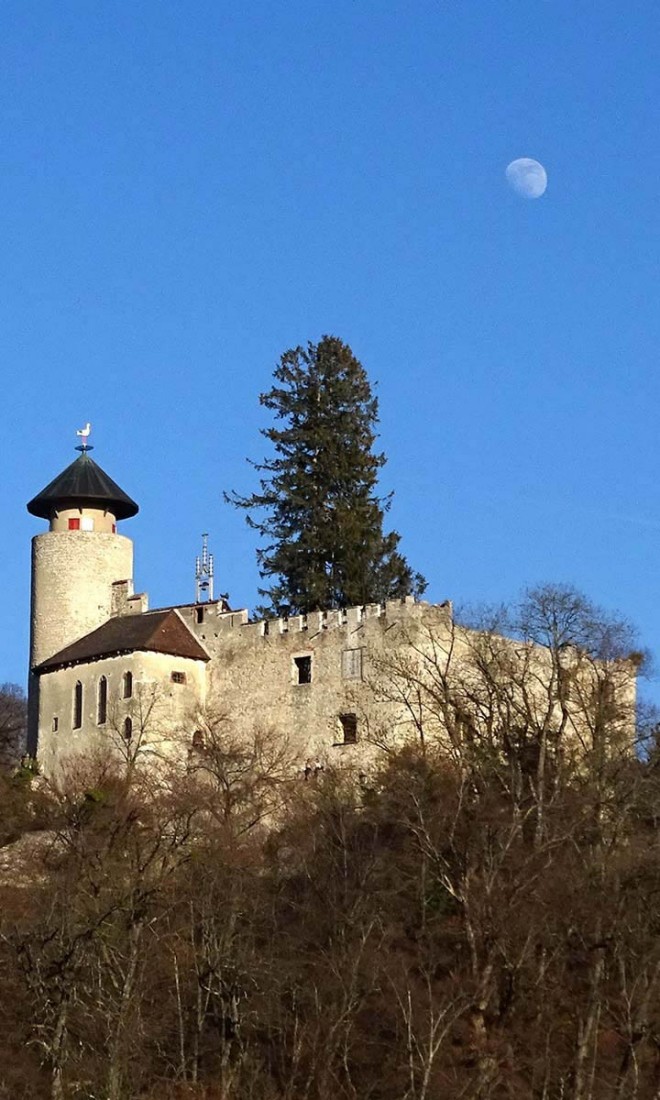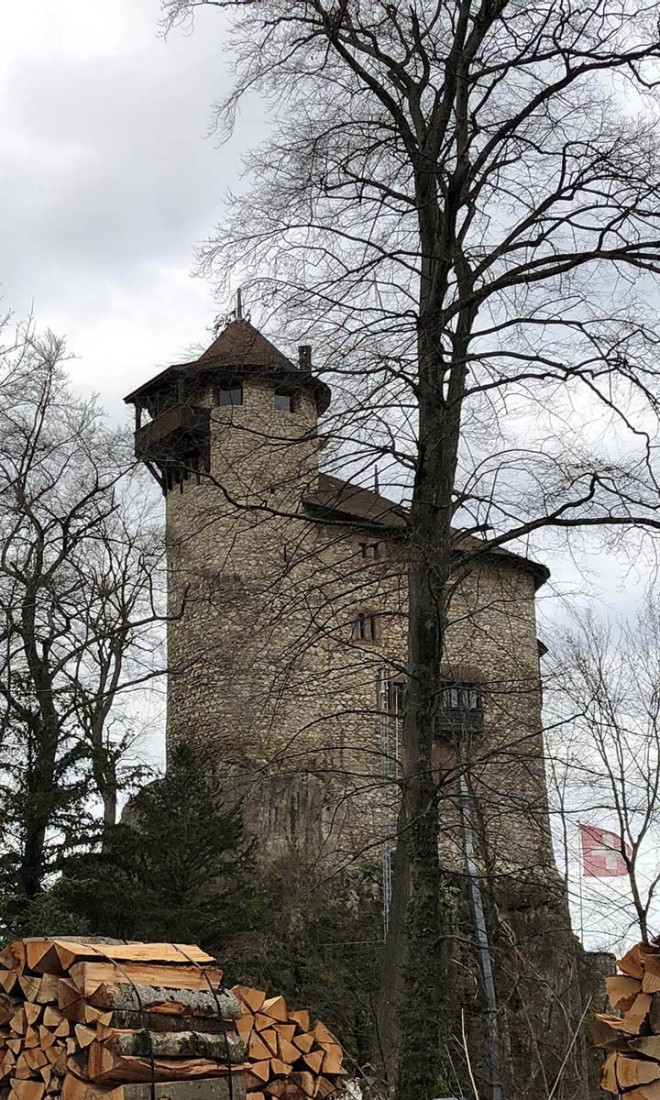Schloss Birseck is the landmark of Arlesheim which it has towered over majestically since the 13th century. It is one of four castles on the Birseck ridge and is also known as Untere Burg (lower castle) or Vordere Burg (front castle). The castle complex is the largest and most important of the Birseck castles, although the keep now lies in ruins.
The outer bailey – the actual Schloss Birseck – is still in use today. The tower, chapel, great hall and battlements were renewed in a neo-Gothic style in the early 19th century by the then-owner, so do not reflect the original appearance of the castle.
The castle now stands within the present-day Ermitage, Switzerland's largest English landscape garden, which along with the cathedral is another highlight for tourists in Arlesheim.






